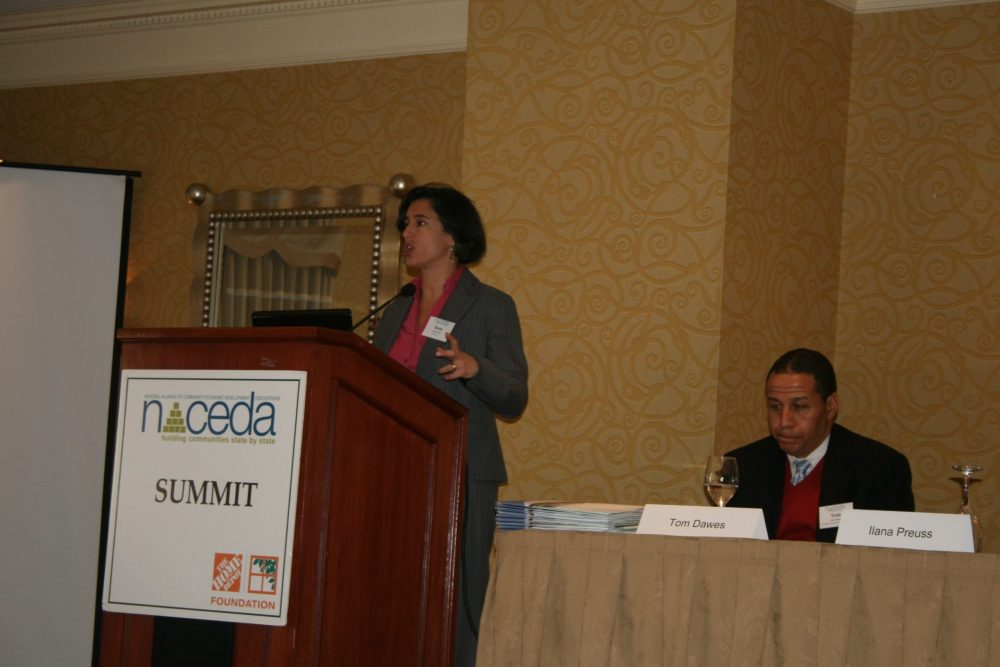Amid the growing acknowledgment that strong centers make healthier regions, it’s increasingly clear that the argument for providing opportunities for transit oriented development, or green development, is gaining major traction not only in community development circles, but neighborhood circles as well.
But recognizing that TOD is good for communities is one thing, getting it done is another.
At the third annual NACEDA Summit this week, we got a look at what’s happening on the federal level as well as in our communities when it comes to putting housing back in our cities and town centers and reforming spending practices by the federal government as related to financing transportation and TOD. An important subtext here is the efficacy of our system in increasing the access to jobs and schools, as well as giving people transportation choices.
Ilana Preuss, outreach and field director for the Transportation for America Campaign illustrated the trend toward TOD arrives as the U.S. “is at a crossroads,” adding that federal and local governments should capitalize on the “unique opportunity for change” in the next transportation cycle.
She also noted that while homeowners increasingly show a willingness to relocate to smaller properties, on smaller lots, located closer to regional cores, repairing existing infrastructure is paramount:
Transportation is broke and broken. We have a world-class highway system built in the 50s and no one is fixing it and we have to maintain what we have. No one creates a world class something and lets it fall in disrepair. Fixing highways and bridges creates more jobs than new road construction.
With federal transportation funding due for a much needed increase, the question now is: How will this huge investment address what our communities need?





Comments